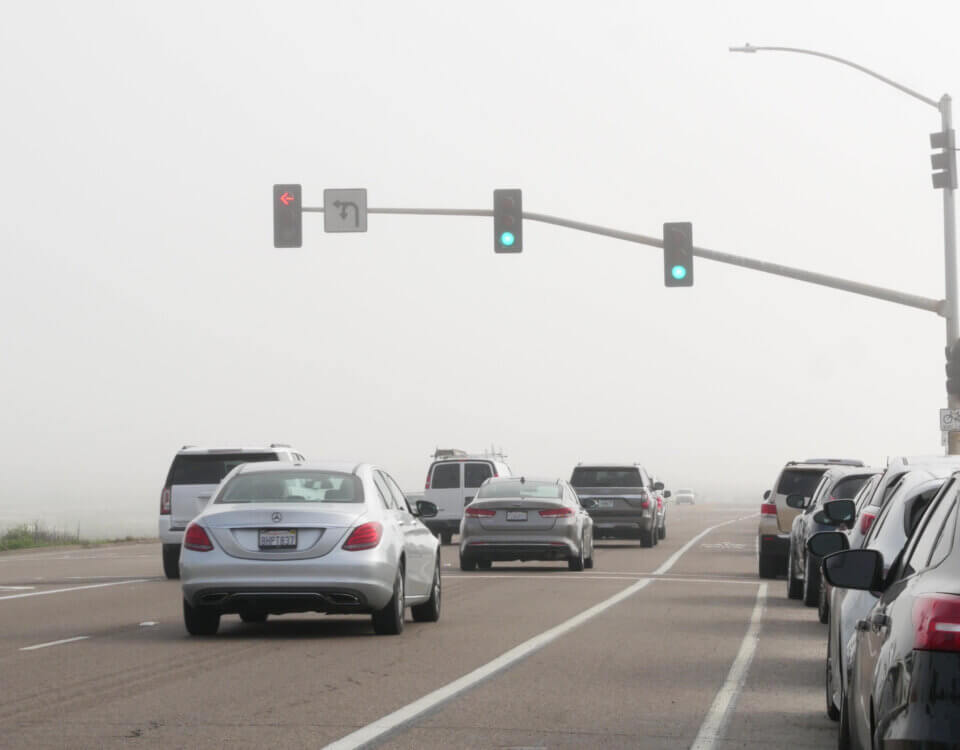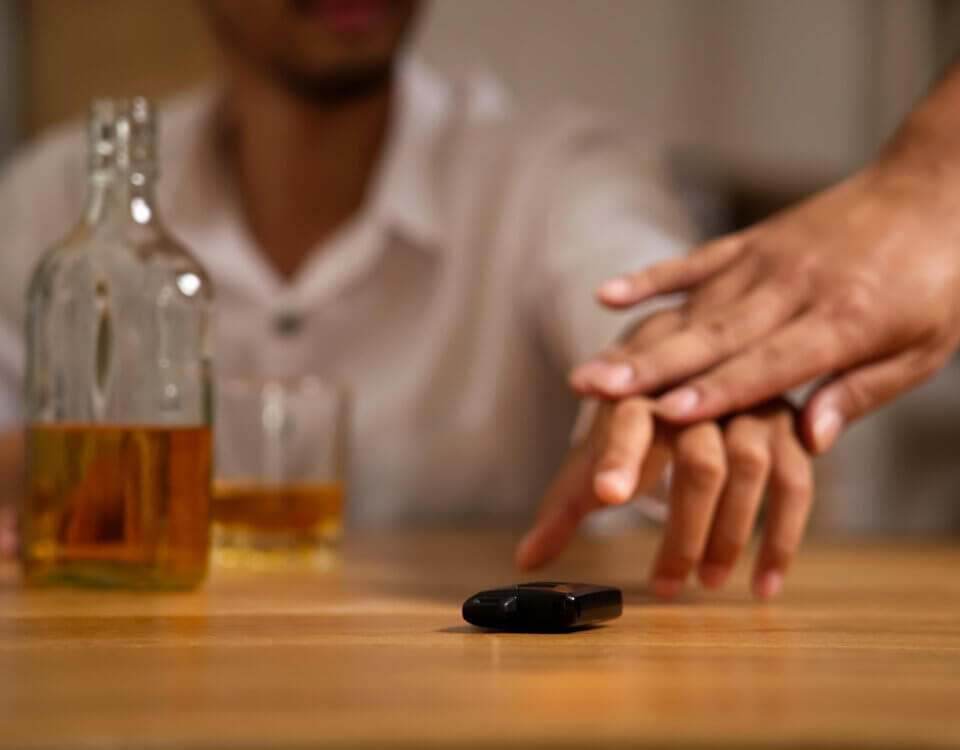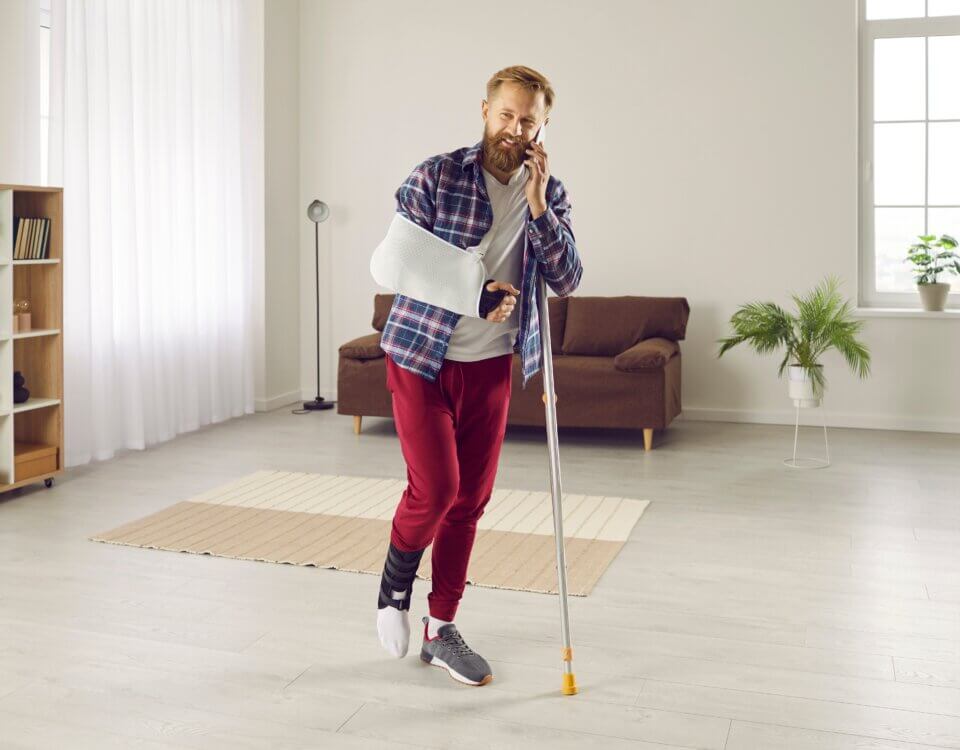If you’ve been injured in an accident, one of the most important questions is: What do I need to prove to receive fair compensation? In personal injury cases, the answer lies in understanding the burden of proof.
Knowing how much evidence you need and how to present it can make the difference between winning or losing your claim. At Hillstone Law, we help clients across California build strong cases that meet and exceed this legal standard.
What Does “Burden of Proof” Mean in a Personal Injury Claim?
In California personal injury cases, you must prove your claim by a preponderance of the evidence. This means showing that your version of events is more likely than not true.
Think of it as tipping the scales just over 50%. If at least 51% of the evidence supports your side, you’ve met the burden of proof required to win.
The Plaintiff’s Responsibility
As the plaintiff, you carry the burden of proof. This means you and your attorney must present evidence such as medical records, photographs, expert testimony, and witness accounts to show:
- The defendant owed you a duty of care.
- The defendant acted negligently, recklessly, or wrongfully.
- Their actions directly caused your injuries.
- You suffered actual damages, such as medical bills, lost wages, or pain and suffering.
Your attorney’s job is to make sure the jury sees your version of events as the most credible and supported by evidence.
The Defendant’s Role
Unlike you, the defendant doesn’t need to prove an alternate version of events. Their strategy is usually to create doubt about your claim. If they can show that the jury is unsure about whether your account is accurate, you may not meet the preponderance standard.
In other words, while you must prove your story is more likely than not true, the defendant only needs to suggest uncertainty.
Civil vs. Criminal Burdens of Proof
It’s important to understand that personal injury cases differ from criminal cases.
- Personal Injury Cases (Civil): Burden of proof is by a preponderance of the evidence.
- Criminal Cases: Burden of proof is beyond a reasonable doubt, which is a much higher standard.
This is why victims can often win compensation in civil court even if there isn’t enough evidence to convict someone in criminal court.
How to Meet Your Burden of Proof
Building a strong case requires detailed evidence. Common examples include:
- Medical records and bills showing the extent and cost of your injuries.
- Photos or videos of the accident scene, property damage, and visible injuries.
- Witness testimony from people who saw or heard what happened.
- Expert witnesses such as accident reconstructionists or medical professionals.
- Your own testimony about how the injuries have affected your daily life.
Your attorney will help gather, organize, and present this evidence to clearly demonstrate the defendant’s negligence and the damages you’ve suffered.
Seeking Punitive Damages
Most personal injury claims only require proof by a preponderance of the evidence. However, if you’re seeking punitive damages which are meant to punish especially harmful conduct the burden is higher.
In California, you must prove oppression, fraud, or malice by clear and convincing evidence. This standard is more demanding to ensure punitive damages are only awarded in the most serious cases.
Do All Jurors Have to Agree?
In California civil trials, a unanimous verdict is not required. Generally, if three-fourths of the jurors agree you’ve met your burden of proof, you can win your case.
How Hillstone Law Can Help
Meeting the burden of proof in a personal injury case takes more than simply telling your story it requires strong evidence and skilled legal representation. At Hillstone Law, we build comprehensive cases designed to show exactly why you deserve full and fair compensation.
Whether through settlement negotiations or in the courtroom, our experienced personal injury attorneys are ready to fight for your rights.
Contact Hillstone Law Today
If you’ve been injured and need to prove your case, don’t face the burden alone. Call Hillstone Law for a free consultation. Our team will review your situation, explain your options, and build the strongest possible claim on your behalf.
Note: These blog posts are created solely for the use of Hillstone Law. The information is gathered from internet research, publicly available sources, and artificial intelligence (AI) tools such as ChatGPT. While we aim to share helpful and educational content, Hillstone Law does not independently verify every detail. Some information may be incomplete, outdated, or subject to change without notice. If you believe any part of a post is inaccurate, misleading, or infringes upon copyright, please contact Hillstone Law immediately so we can review it and take appropriate action, including correction or removal.
Disclaimer: The material provided in these blogs is for general informational purposes only and should not be considered legal advice. Reading these posts does not create, and is not intended to create, an attorney-client relationship with Hillstone Law. Our intent is to share knowledge, raise awareness, and provide helpful resources to the public; however, Hillstone Law makes no warranties or guarantees about the accuracy, completeness, or reliability of the information provided, and expressly disclaims liability for any actions taken in reliance on it. The photos used in these posts are for illustrative purposes only and do not depict actual clients, individuals, or incidents unless expressly stated. If you or a loved one has been injured in an accident, please contact Hillstone Law at (855) 691-1691. Our attorneys are available to answer your legal questions and help you understand your rights.








